Bird Ringing and Audio Moths
Boothby Wildland, January 2024
Bird Ringing in Action
The process of capturing wild birds and fitting them with a lightweight, uniquely numbered metal leg ring provides a harmless and reliable method of marking birds as individuals.
Our ranger, Lloyd, is a qualified bird ringer and has begun using these skills to study some of the birds around Boothby. (Pictured above is a young male sparrowhawk, with its ring visible on its right leg.) So far, more than 50 birds have received a ring and this will continue through 2024. Lloyd is establishing long-term studies that will help us better understand our changing bird populations at Boothby as the land rewilds. All the records will be submitted to the British Trust for Ornithology (BTO, which coordinates UK bird ringing), contributing to important scientific monitoring at a national level as well.
But why do we ring birds? The main aim is to monitor bird populations. For example, it allows us to study how many chicks leave the nest and survive through to adulthood and then how they fare with the pressures of migration, breeding and severe weather.
Welcoming back our Audio Moths
‘Audio moths’ are sound recorders that remotely ‘listen’ to wildlife. These recordings are used to identify different animal calls so we can find out what species we have on site. They’re positioned away from our public footpaths and permissive routes across Boothby Wildland, so that we can just focus on recording wildlife.
You may remember we had our audio moths out in early 2023 and the results detected thousands of bird and bat calls. The most common birds heard were the skylark, yellowhammer and chiff chaff, but we also recorded rarer species like the Eurasian treecreeper and common cuckoo.
We recorded at least six of the UK’s 18 bat species, with the pipistrelle being the most common. For both birds and bats, many more species were recorded near hedgerows or woodlands than in our arable fields, which bodes well for the future of our biodiversity as these habitats grow out into our rewilded fields.
In November 2023 our audio moths were back out – the bats were in hibernation, but the recorders had been programmed to listen out specifically for winter bird species that stay at Boothby.


